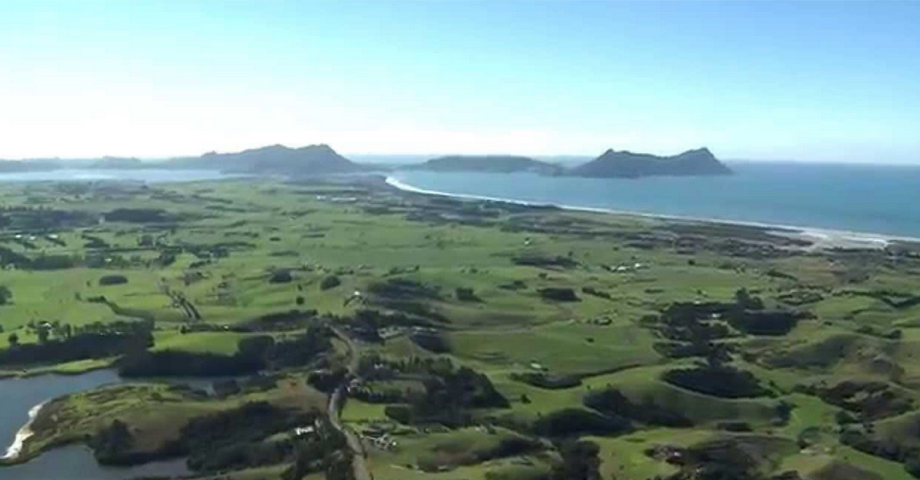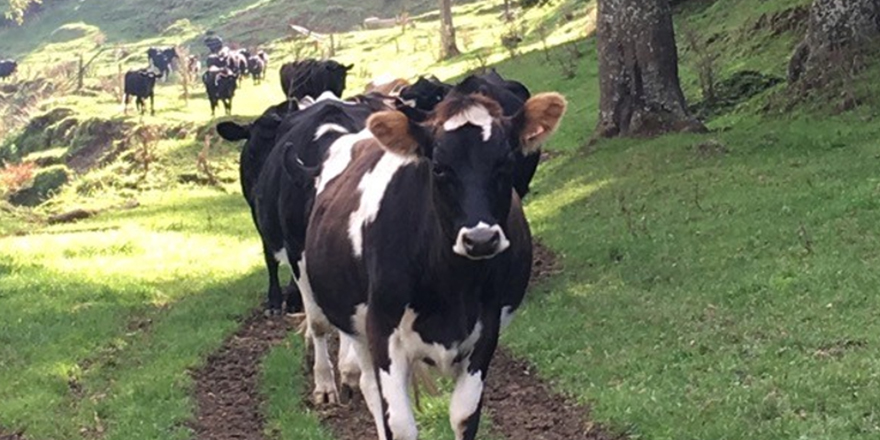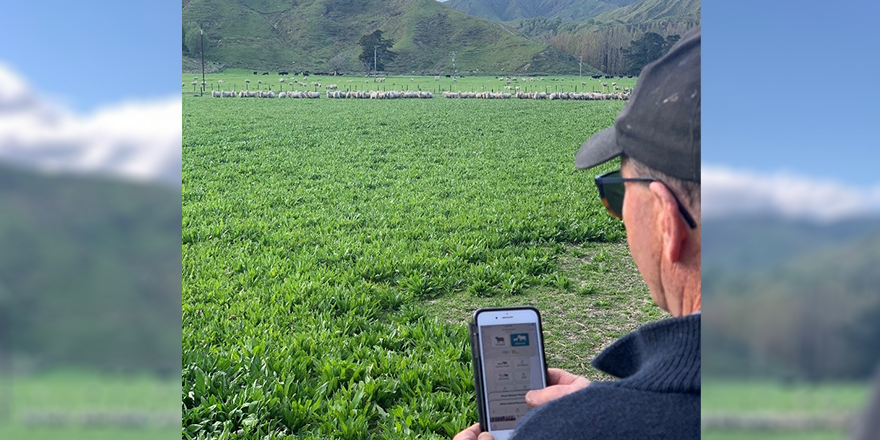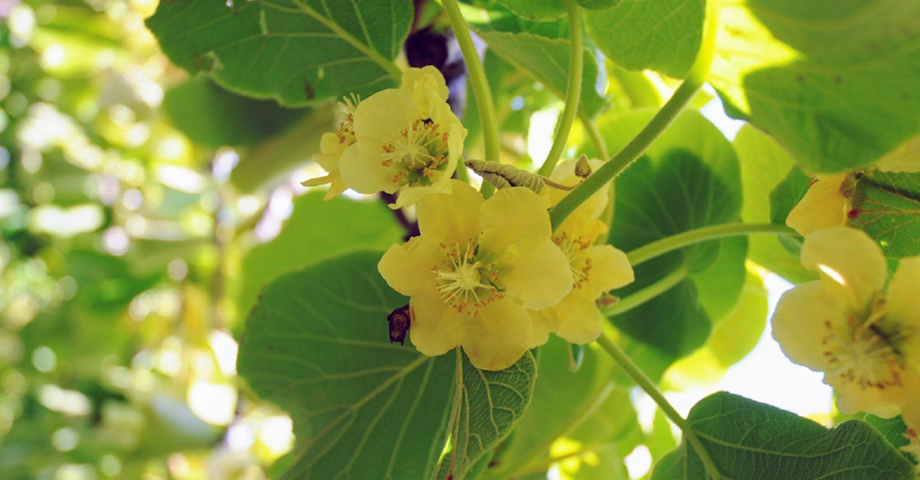Executive summary
Firstly, when I talk about indigenous biodiversity, I am referring to biodiversity that is native to NZ, much of which is found nowhere else in the world.
Despite some views to the contrary, biodiversity is very much a part of all of our lives. It is in our back yards, our farms and our native forests. Without question, we all depend on a well-functioning ecosystem to provide us with things like fresh water, productive soils, sediment and erosion control and energy. We refer to these as ecosystem services, and they provide us with a whole bunch of things that are essential for our well-being, be they environmental, economic, cultural or social.
Our native biodiversity habitat also provides valuable recreation opportunities, and is very much a part of the kiwi psyche, and the landscape that makes NZ what it is. I must confess to being one of those individuals who is passionate about our native biodiversity, and much of my spare time is spent in the outdoors with tramping boots and a raincoat. I’m a 4th generation Waikato farmer, starting my career as a 50-50 share-milker, and now currently farming a 110ha drystock farm at Cambridge, with lots of trees, and an ongoing planting programme. I’m also an elected Waikato Regional Councillor serving a 2nd term, and consequently have a good understanding of the complex challenges faced by both landowners and Councils in this space.
This study is focused on the management of terrestrial biodiversity habitat and wetlands, and by association the many streams and rivers that are on, or inextricably linked to activities on private land. It is my involvement in the many ongoing debates on how to reward and assist farmers in the work that they do to establish the riparian buffers, and maintain and enhance the many forest remnants and wetlands that are on Waikato farms today, that has led me to choose this project.
I have a particular interest in the utilisation of markets, and the application of market based mechanisms to conserve and pay for the services that the ecosystem provides. This report focuses on applying this concept to the NZ farm business, with a view to incentivising and rewarding land use activities that optimise the opportunities that our natural capital provides. This means activities that respect and recognise the need for this natural capital to provide for both current and successive generations in a fair and equitable way, enabling a range of interests and values to be catered for. I have also visited the issue of freshwater and nutrient discharge allocation polices, because both manage the access rights to ecosystem services, and the allocation concepts are relevant to this discussion. Freshwater and the environments ability to assimilate pollutants are inextricably linked to a healthy ecosystem, and are without doubt beneficiaries of native ecosystem enhancement activities.
It is not easy to come up with fair and affordable solutions, and it never will be. But hopefully this small bit of work will contribute to the thinking, and help us work towards a better way to reward the work that forward thinking farmers are doing on their own land.
Stu Kneebone



